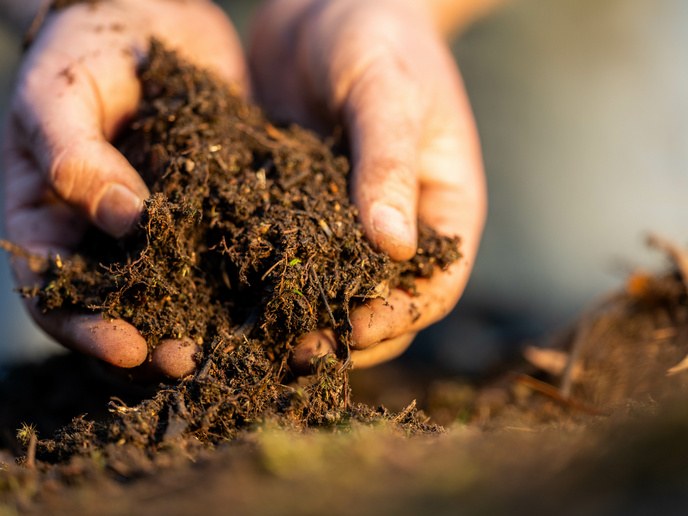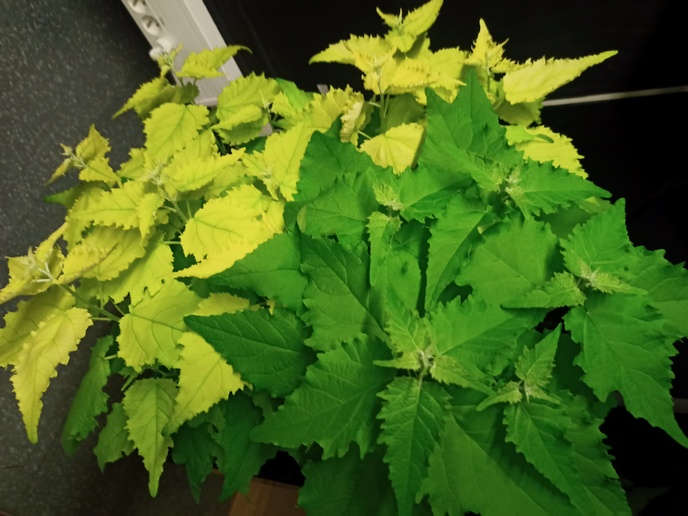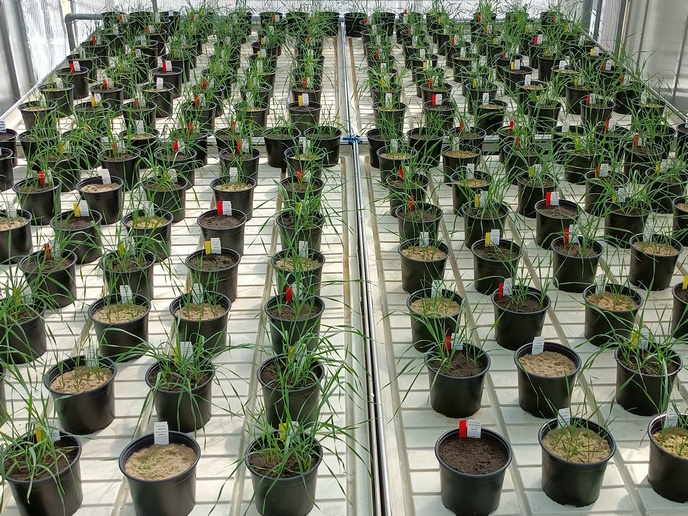How the soil microbiome self-organises to drive the carbon cycle
Soil is a major carbon store, for microscopic reasons. Microbes in soil constantly break down plant material, releasing some CO2 into the atmosphere but storing far more carbon within the structure of the soil. “Over thousands of years, this microbial activity has not only kept the carbon cycle between land and atmosphere in balance, but also built up enormous reserves of carbon in soils,” explains Christina Kaiser(opens in new window), associate professor at the Centre of Microbiology and Environmental Systems Science, University of Vienna. “However, we still don’t fully understand the mechanisms driving microbial breakdown of soil organic matter.” The soil microbiome functions at incredibly small scales, and we still don’t know how microbial interactions in a spatially complex environment such as the soil mediate the overall, system-level process of organic matter turnover. In the SomSOM project, which was funded by the European Research Council(opens in new window), Kaiser and her colleagues shed new light on this underground system, exploring the interactions between microbes through the lens of complex systems science. Theories in this field suggest interactions at the micro level can – in a process called ‘self-organisation’ – lead to emergent system-level behaviours not predictable from individual parts. “We found evidence that complex systems behaviour is central to soil functioning,” Kaiser says. “This perspective is essential for predicting how soils will respond to environmental change – and how they will shape Earth’s carbon balance in the future.”
Finding self-organisation within soil microbe communities
The team studied how soil microbes ‘self-organise’ across different spatial scales, combining experiments at the microscopic scale with computer models to study how microbes cooperate to break down complex substances. Microbes must produce enzymes and release them to their environment to unlock food sources. As the project shows, the effectiveness of these enzymes depends strongly on the micropore structure of the soil. This creates a trade-off for microbes, which leads to ‘tipping points’, at which small changes in environmental conditions can create dramatic shifts in microbial activity. On larger scales, mm-scale soil structure that emerged due to microbial activities was shown to shape microbial communities, and link them to distinct pieces of organic matter, with potential implications for their ecology and evolution. Using soils from established long-term field experiments, the team also assessed the role of the soil microbiome at the ecosystem level. In Austrian grasslands, 70 years of nutrient depletion had caused complex shifts in soil fungi which had changed plant communities and soil chemistry. In Iceland, studies along a natural geothermal gradient showed soils may pass critical tipping points under environmental change. The findings were published in a range of peer-reviewed journals, including ‘Nature Geoscience’, the ‘ISME Journal’ and ‘PLOS Computational Biology’, and presented at several conferences, both within the soil community and at meetings on complex systems and mathematical modelling.
Advancing our knowledge of soil microbial ecosystems
Overall, the project advanced our understanding of soil microbial ecosystems through an approach not traditionally used in the discipline, and provided the first evidence that complex systems dynamics shape soil carbon turnover. “By combining ideas from microbial ecology, soil science and complex systems theory, the project gave us a new perspective on the controls of soil organic matter turnover and how it responds to environmental changes,” adds Kaiser. “This represents a significant advancement beyond the state of the art in soil research.”







